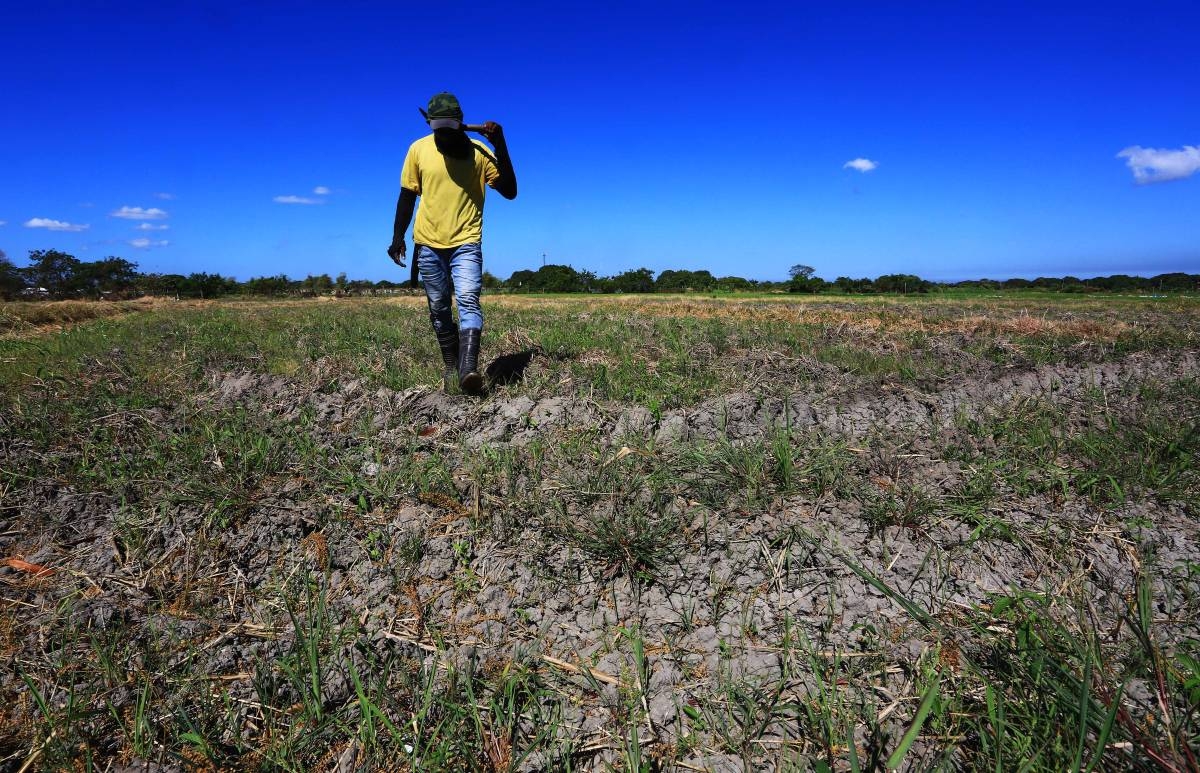Impact of El Niño on Agriculture
The impact of El Niño on the agricultural sector has been devastating, with farmers and fishermen bearing the brunt of the damage. The NDRRMC’s latest report highlights the alarming figure of P1.236 billion in agricultural losses, a number that continues to climb as the dry spell persists.
Immediate Losses and Livelihood Impact
The effects of El Niño extend far beyond mere monetary value, as the livelihoods of thousands of farmers and fishermen are at stake. These individuals rely on their crops and fish catch for sustenance and income, making the loss of 26,731 hectares of crops and 44,845 metric tons of production a significant blow to their well-being.
Ripple Effect on Supply Chain and Economy
The impact on farmers and fishermen goes beyond the immediate loss of crops and fish catch. The ripple effect of this agricultural damage is felt throughout the entire supply chain, from the local markets to the national economy. The decrease in production not only leads to higher prices for consumers but also disrupts the stability of the agricultural sector, which plays a crucial role in the country’s overall economic growth.
Government Response and Initiatives
In response to the impact of El Niño, the government has initiated various measures to assist those affected. Emergency relief efforts are being implemented to provide immediate assistance to farmers and fishermen, including the distribution of food packs and financial aid. Additionally, long-term solutions are being explored, such as the promotion of drought-resistant crops and the improvement of irrigation systems to mitigate the impact of future dry spells.
Presidential Directive and Collaborative Efforts
During the meeting, President Marcos Jr. emphasized the importance of taking immediate action to mitigate the imoact of El Niño and prepare for the upcoming La Niña. He recognized the significant impact that these phenomena have had on the agricultural sector, particularly on farmers who heavily rely on rainfed irrigation systems.
Inter-Agency Coordination and Support
To address the Impact of El Niño, the government has put in place a comprehensive plan that involves various government agencies working together to ensure public safety and provide assistance to affected farmers. The Department of Agriculture has been tasked with implementing measures to support farmers, such as providing financial aid, distributing drought-resistant seeds, and conducting training programs on climate-smart agriculture techniques.
Regional Impact and Loss Assessment
The latest report from the National Disaster Risk Reduction and Management Council (NDRRMC) provides a comprehensive overview of the regions in the Philippines that have been affected by the recent weather pattern. The regions that have experienced losses include the Ilocos Region, Cagayan Valley, Calabarzon, Mimaropa, Western Visayas, and Zamboanga Peninsula.
Severity of Losses in Affected Regions
Among these regions, Western Visayas stands out as the most severely affected of the Impact of El Niño, with a staggering 13,363 hectares of farming area impacted by the adverse weather conditions. This translates to a significant loss of approximately P678.7 million.
Implications and Recovery Efforts
These figures highlight the dire situation faced by farmers and agricultural communities in these regions. The losses incurred not only have immediate economic implications but also pose long-term challenges for the affected regions. The road to recovery will require concerted efforts from both the government and the private sector to support the affected communities and rebuild their agricultural infrastructure.
Declaration of State of Calamity and Response Measures
The declaration of a state of calamity in the affected municipalities is a significant step towards addressing the challenges brought about by the impact of El Niño on the farming sector.
Immediate Assistance and Resource Allocation
By declaring a state of calamity, the affected municipalities can now tap into various resources to address the immediate needs of their communities. These resources may include financial assistance, relief goods, and other forms of support from both the national government and non-governmental organizations.
Inter-Agency Collaboration and Mobilization
Moreover, the declaration of a state of calamity also enables the mobilization of various government agencies and stakeholders to work together in addressing the challenges posed by the El Niño phenomenon.
Transition to La Niña and Preparedness Measures
Looking towards the future, the transition from El Niño to La Niña is a critical period that requires the public’s attention and preparedness.
Anticipating Risks and Proactive Measures
While the impact of El Niño has brought about drought conditions in many parts of the country, the onset of La Niña poses a different set of challenges. With the increased rainfall, there is a heightened risk of floods and landslides in vulnerable areas.
Collaboration for Resilience
The government, along with various agencies and local communities, should work hand in hand to ensure that appropriate measures are in place to address the challenges posed by the impact of El Niño.
Long-Term Solutions for Water Security
Looking ahead, it is important for the government to prioritize long-term solutions to address the recurring issue of water scarcity in Metro Manila.
Infrastructure Development and Conservation Practices
One possible solution is the development of additional reservoirs or dams in strategic locations. This would not only increase the capacity to store water during the rainy season but also provide a buffer during dry spells.
Collaboration for Sustainable Solutions
Collaboration between the government, private sector, and local communities is vital in addressing the water supply challenges in Metro Manila.
When is El Niño season in the Philippines
For More News Like This: Click Here







